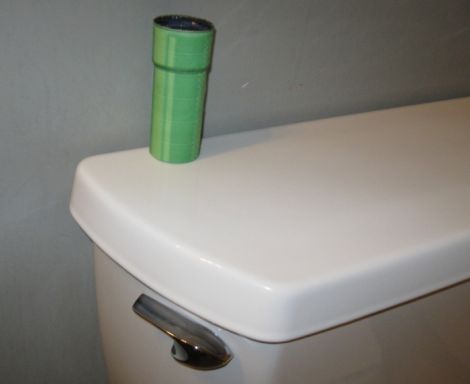
[Jonathan Thomson] was ruminating on EL wire displays and decided that most he has seen are boring, static fixtures or installations that simply flash EL wire on and off at a fixed rate. He thought that EL wire has far more potential than that, and set off to build something more exciting. Using a graphic equalizer T-shirt, with which we’re sure you are familiar, he put together a slick, sound-reactive EL wire display.
He started off by removing the EL panel and inverter from the aforementioned T-shirt, separating the display into two pieces. He set aside the panel and focused on wiring up the inverter’s ribbon cable to a set of EL wire strands he picked up for the project. Once he had everything hooked up, he put a design together on a cardboard box, which he intended to use for wrapping Christmas presents. With the holiday behind him, [Jonathan] broke down his original display and constructed another to offer up some fun birthday wishes.
While the EL inverter was originally built to display sounds detected by an onboard mic, [Jonathan] added a 3.5” stereo jack to his so that he can feed audio directly into the display using an MP3 player.
Continue reading to see the EL display in action, and be sure to check out his writeup if you are looking to spice up your gift giving this year.
Continue reading “Sound-reactive EL Wire Box Makes Gift Giving Awesome”

















